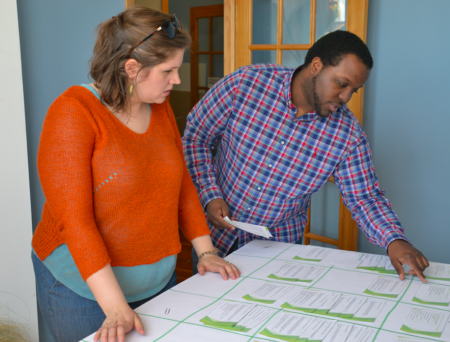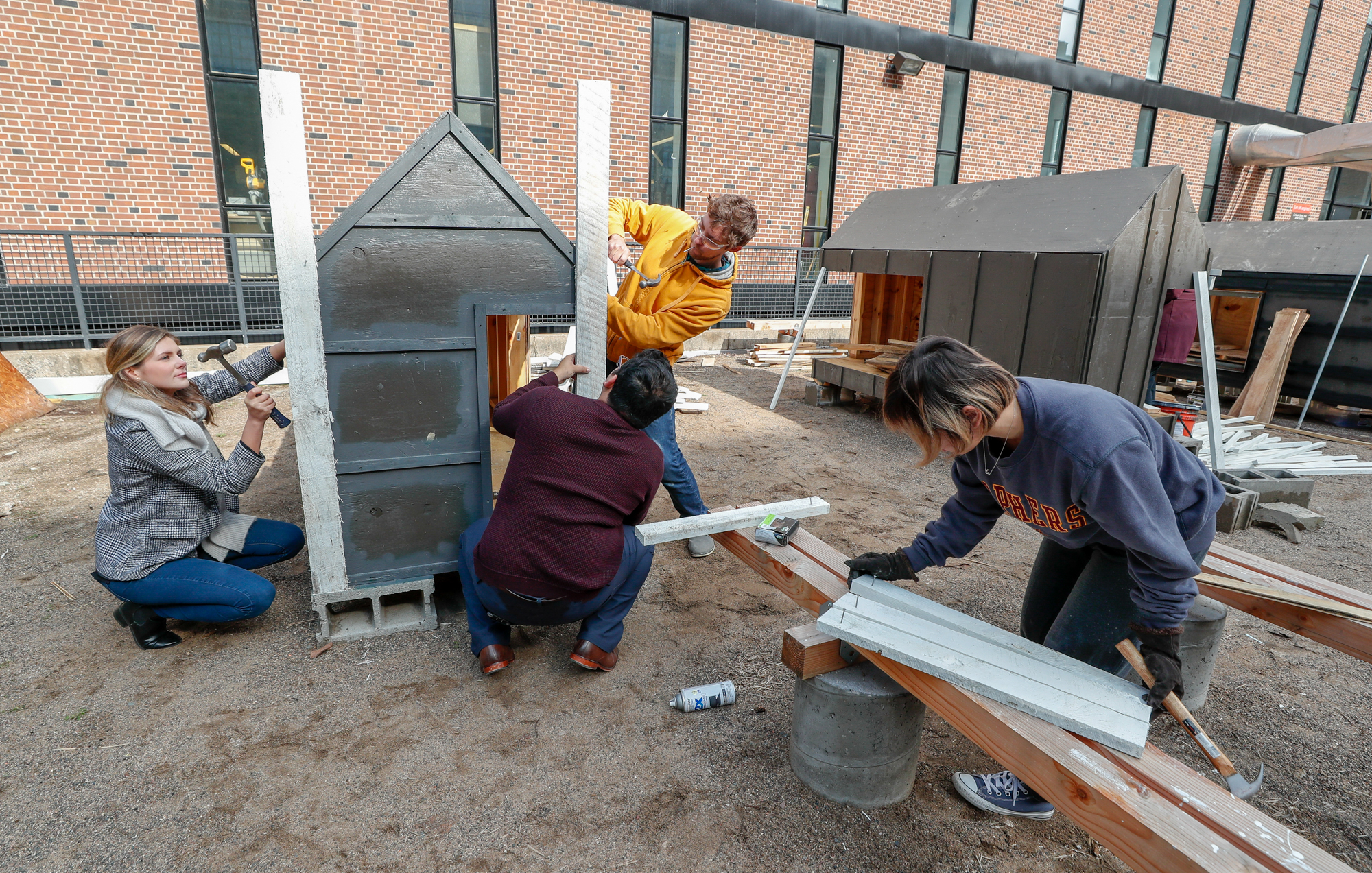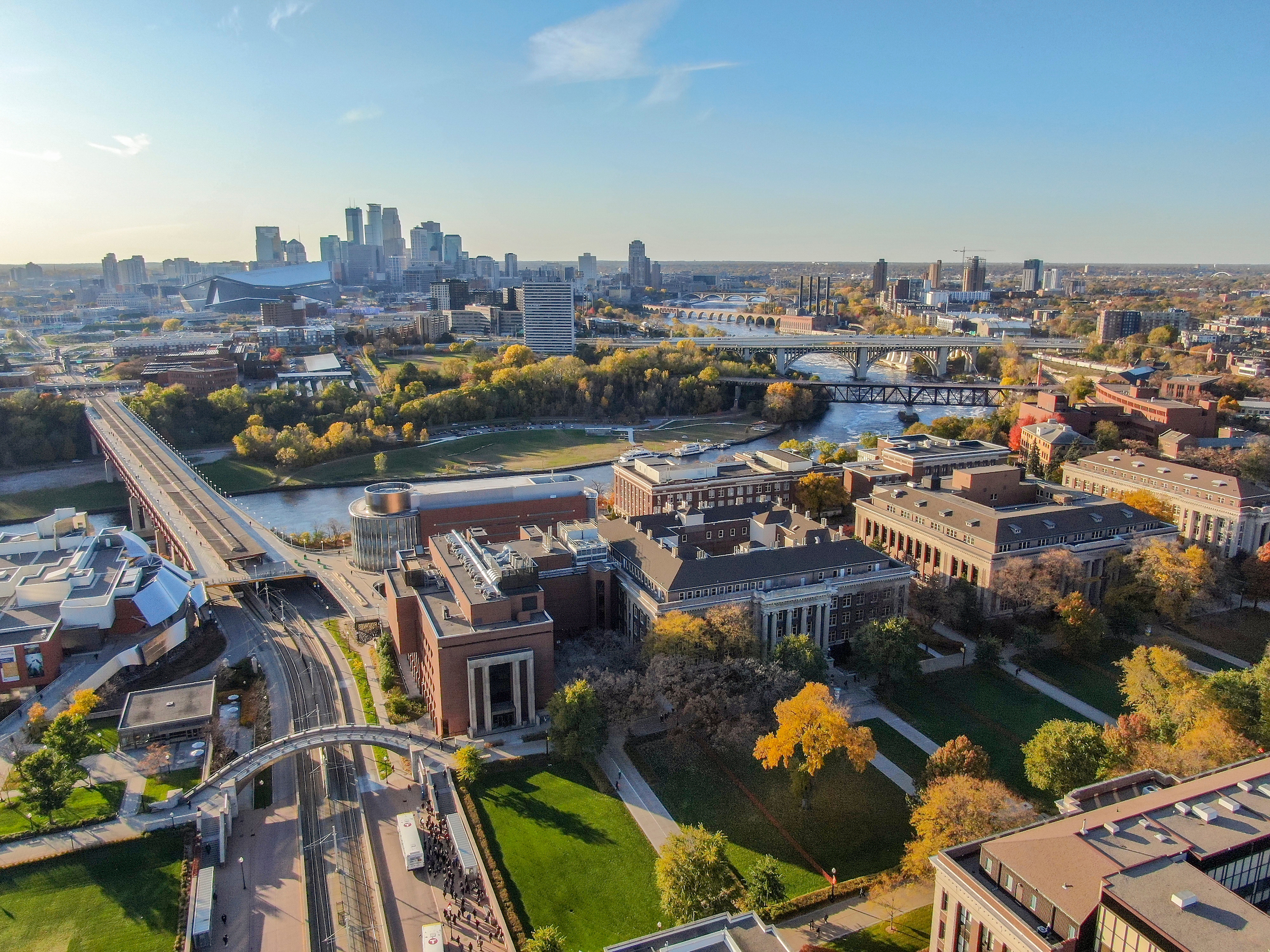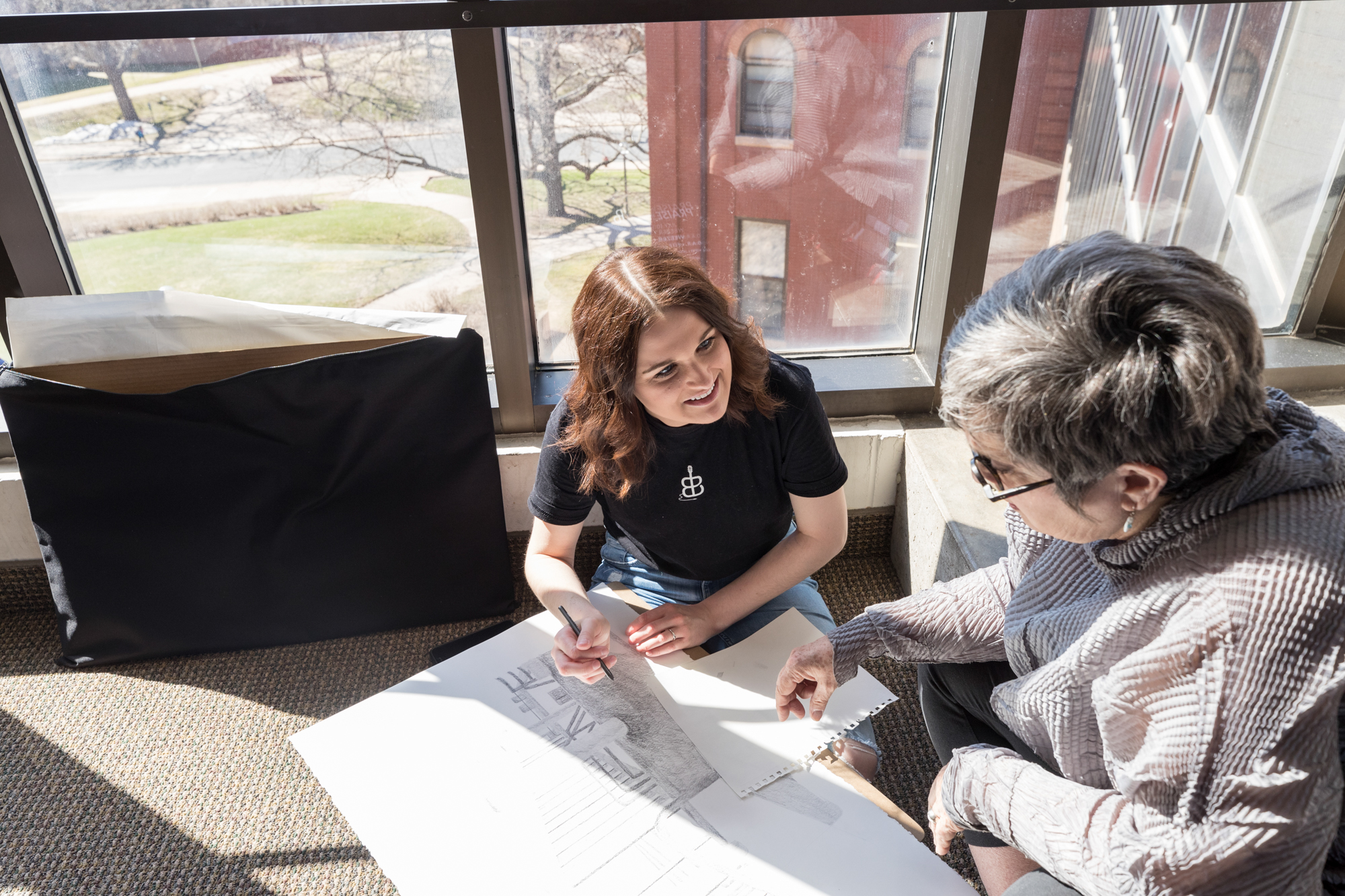
Through rigorous commitments to creativity, diversity, and advancing technologies, the College of Design uses innovation and education to address emerging issues, identify problems, frame creative approaches, and generate solutions — all while adhering to socially responsible, sustainable principles and inclusive, collaborative design processes.
The College of Design helps to create resilient infrastructures, healthy and inspiring environments, and products whose life cycles involve ethical sourcing, sustainable development, and inventive re-use. Current and former students in communities around the world demonstrate how empathic imagining, iterative rendering, and ethical sourcing, producing, and purveying can generate solutions for an increasingly complex world.


The College of Design embraces cultural and intellectual diversity to improve the quality of our ideas and the adaptability of our creative processes. We collaborate broadly and ethically, aiming for excellence and resiliency in the solutions we generate and in our own self-development. We accept responsibility for our actions and learn continually, bringing new knowledge to our work and communities.
Defining the Future of Our Fields
As one of the most comprehensive design colleges in the country, we prepare our students to confront the grand challenges of our time. Every College of Design graduate will be equipped to:
- Apply design thinking to the issues that confront local and global communities.
- Anticipate the social, environmental, and economic ramifications of the problems they address and the decisions they make.
- Demonstrate adaptability and the capability to implement original ideas through actionable visions, strategies, or plans.
The College of Design conducts ongoing Coordinated Action Planning (CAP) to determine and refine strategic priorities. As part of this process, the college has redefined and recentered its mission, vision, and values.







